15th January 2024
Handmade Sofas Buying Guide
Choosing a sofa is not only a well-considered design decision, but also a commitment and investment that, if chosen correctly, becomes a well-loved piece of furniture that you enjoy for years to come: a welcoming place to retreat to at the end of a long day, or a space to gather and make memories together. We've created a guide to help you find that perfect balance of expert craftsmanship, timeless style, and enduring comfort. Before heading into some serious desktop research, here is a practical guide to help you draw up a brief that is unique to your needs and hopefully helps make finding a sofa a little less daunting.
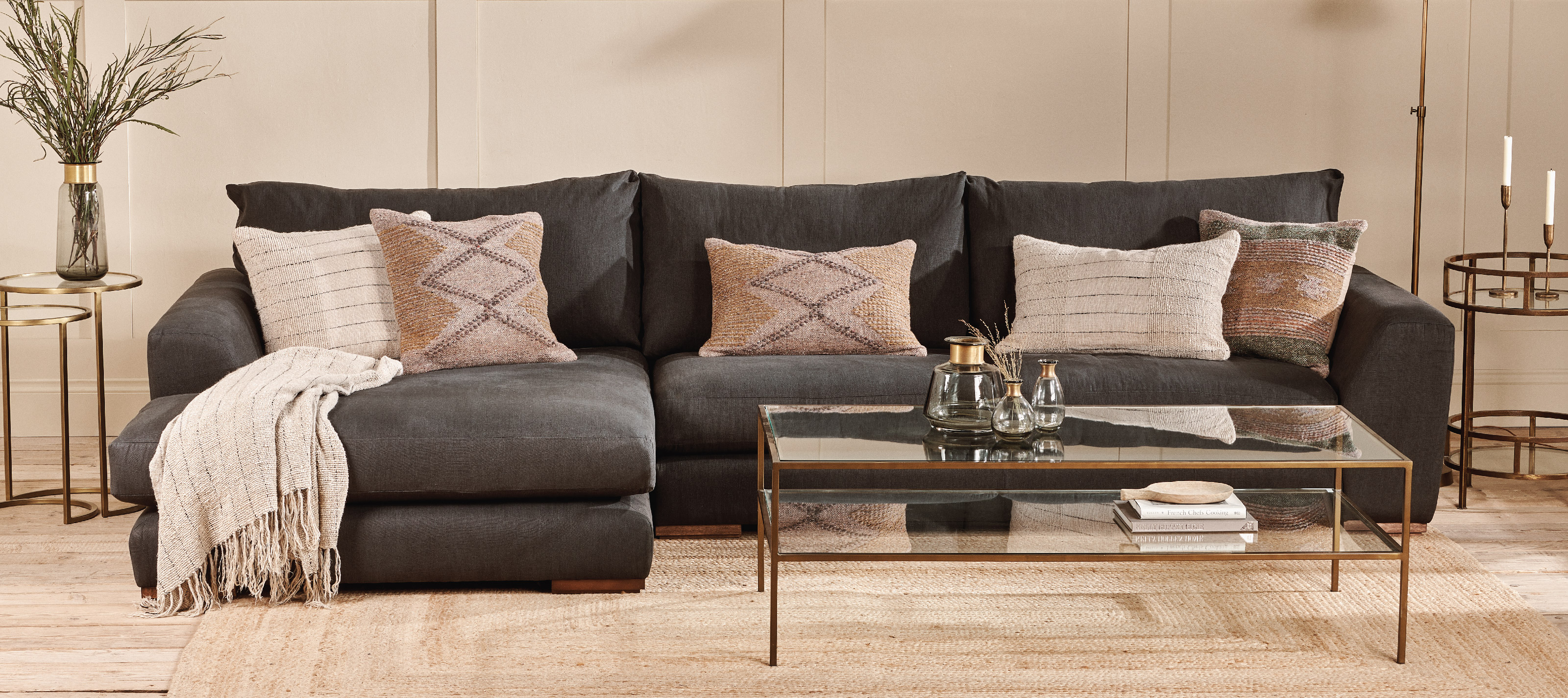
Draw up your brief
Consider what size you need, and work to the proportions of the floor plan of the room you're buying for. It’s important to find a balance that leaves enough space for circulation, ensuring that your new favourite purchase doesn't overshadow other pieces but is not so small that it doesn't serve its purpose. Designers often recommend that your sofa runs to the length of two-thirds of your wall. If you're between dimensions, figure out your seating plan and scale up or down accordingly.
Secondly, consider whom you're seating. Are you mainly likely to be indulging yourself, are you a cosy couple, or always entertaining guests?
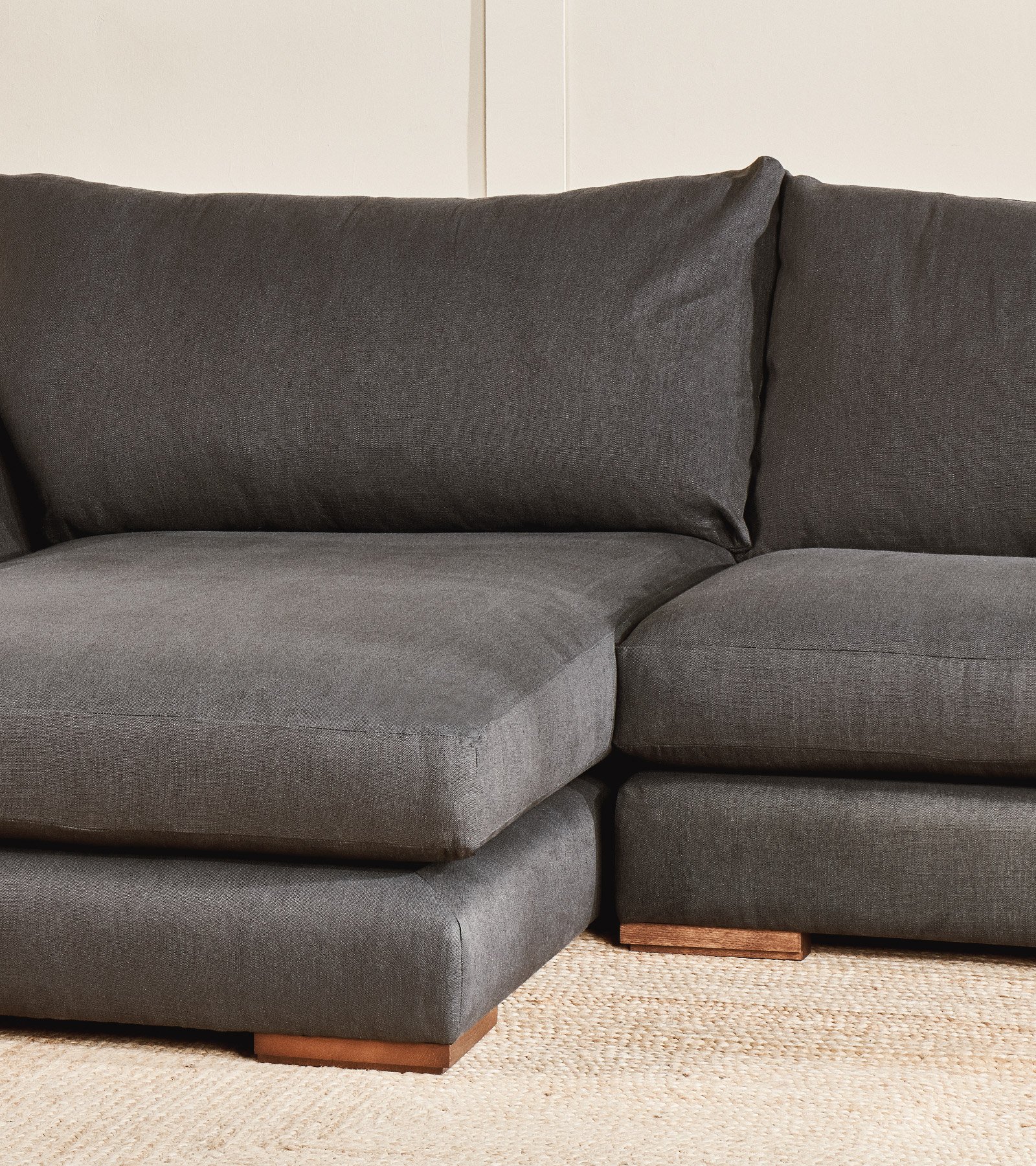
Choosing the shape of your sofa
Design aspirations aside, you might want to consider a corner or chaise sofa to suit your space, budget, and needs. It's worth noting that corner sofas maximise seat-to-space ratio, especially for larger families or for those who enjoy hosting. Corner sofas also resolve awkward door placements or room shapes that might mean you can't have a sofa and armchair, or two sofa combinations.
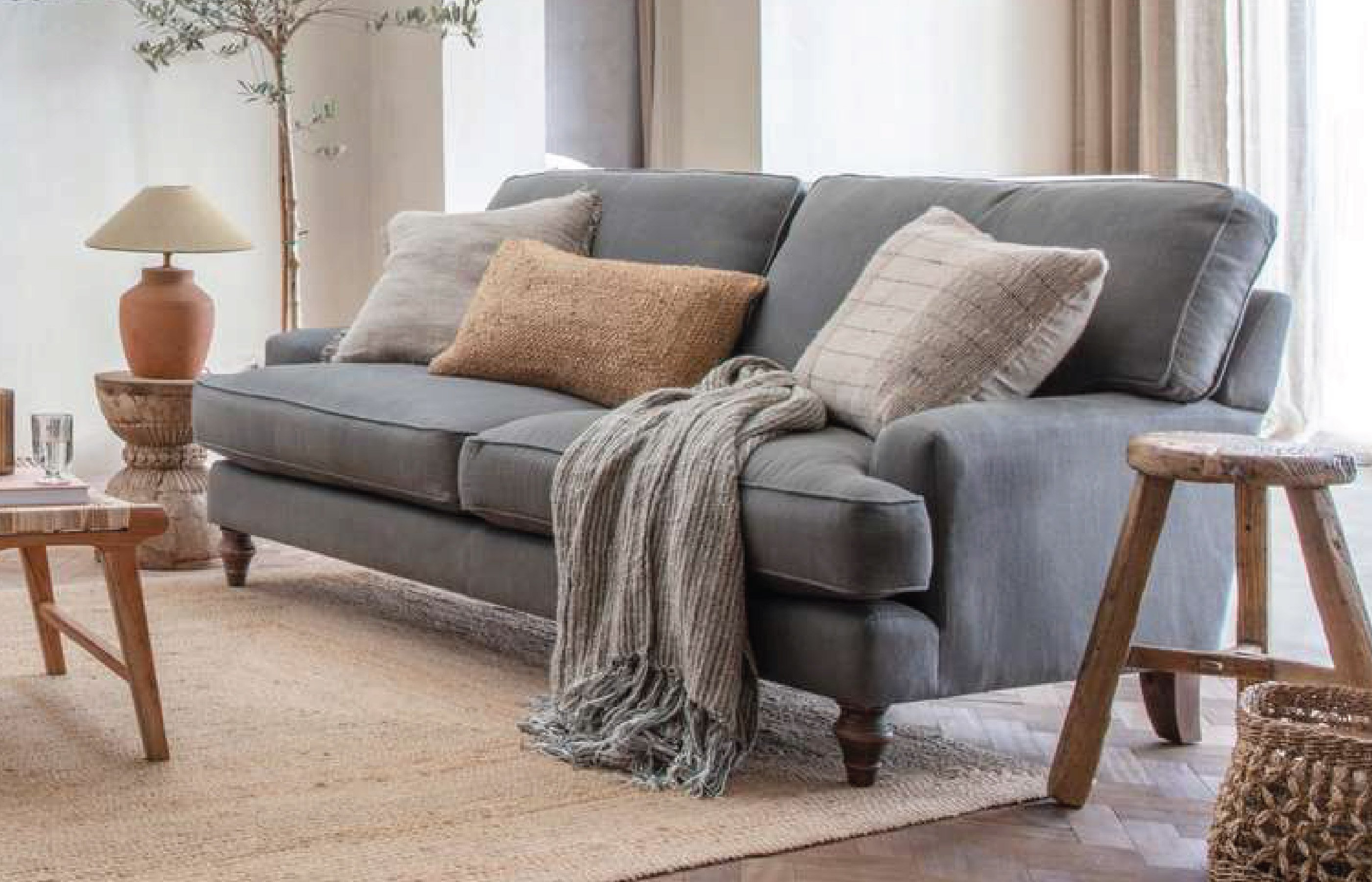
Traditional sofas perform well to shape the interior styling of a room, and work brilliantly for social spaces for those who find themselves hosting friends and family. Finally, always check that your sofa will fit through the front door
Choosing your style? Are you more traditional or contemporary?
If you’re unsure where to begin choosing a style, a good starting point is to work with the architectural period of the room you are buying for. Next, decide if you'd like to contrast or compliment that style. Traditional designs with an elegant silhouette are well suited to interiors with architectural features.
Alternatively, if you have a more modern space, classic upholstered pieces can soften a room by bringing colour and character. Statement sofas work in modern homes and areas with clean lines but also update a more traditional room to feel contemporary and refreshed.
Some design decisions might be dictated by space. Check the size of the profile. Small spaces might require slim arms and less curvature through the back. If you've low ceilings, a low-profile back will reduce the risk of feeling crowded.

Fabrics and Colours
Choosing the right fabric and colour similarly can be as much of a practical decision as a design choice. Naturally, always consider your scheme when selecting your colour palette, but first and foremost, consider what kind of sunlight your sofa resides in. Dark shades will fade and lose their colour over time if placed in direct sunlight. If you're not making a statement, consider using lighter shades or blending with the colour scheme.
If this is your piece for statement-making, choose a bold colour that sets the tone for the room. For cosy, snug spaces, consider ambient, darker shades for cohesion.
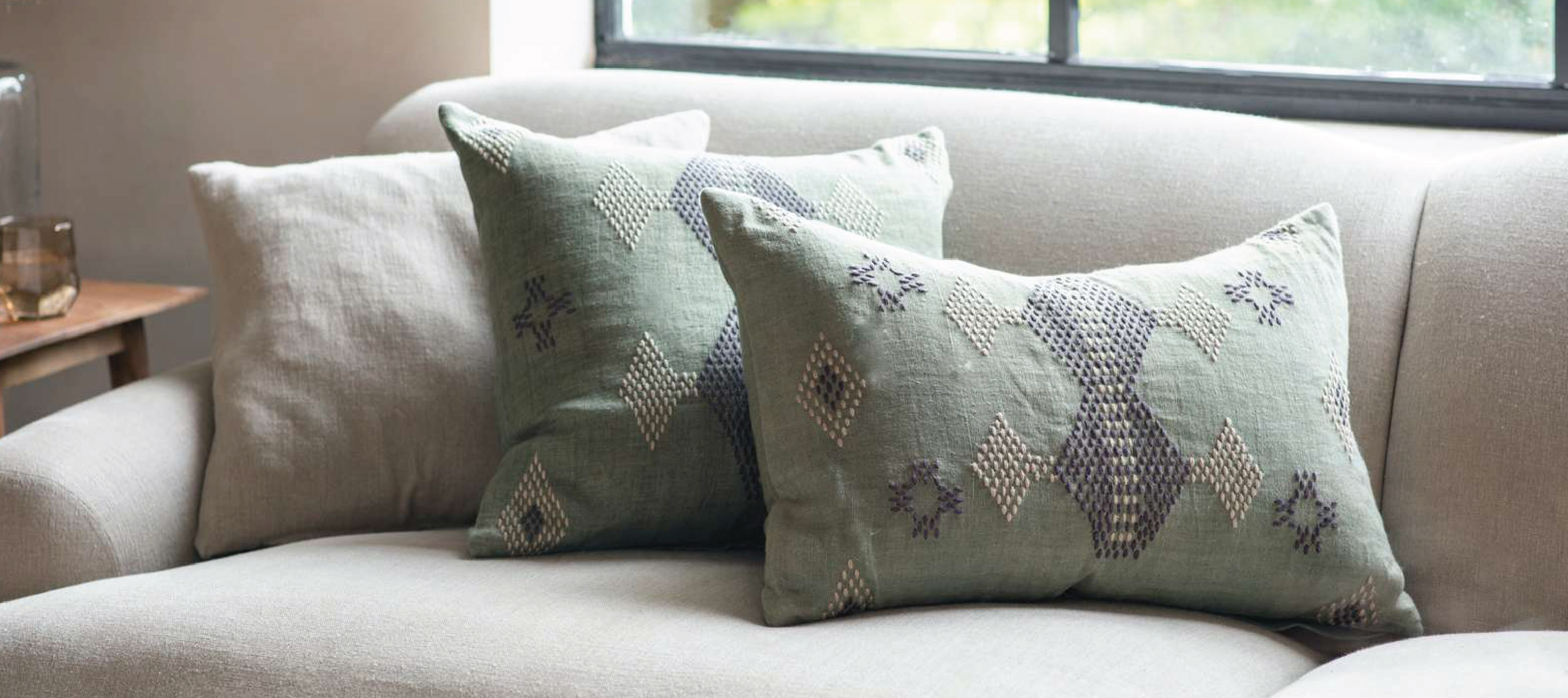
Is there such thing as a sofa for life?
We asked our sofa specialists what differentiates our handmade sofas from less expensive mass-produced offerings and what to look for to ensure a long-lasting life-span for your sofa.
For future proofing, think frame, filling, and fabric. The bulk of your investment is going to be in the frame. We only use hardwood frames, providing a solid structure that won't fail under pressure. Investing in a solid hardwood frame also guarantees less joint movement, as they require more engineering in the joinery. Find out what your frame is made of and how it is built. Screwed, glued, and dowelled joints are a good sign, as movement spells bad news over time and reduces the structure's longevity. Avoid softwoods where possible, especially in the arm facings.
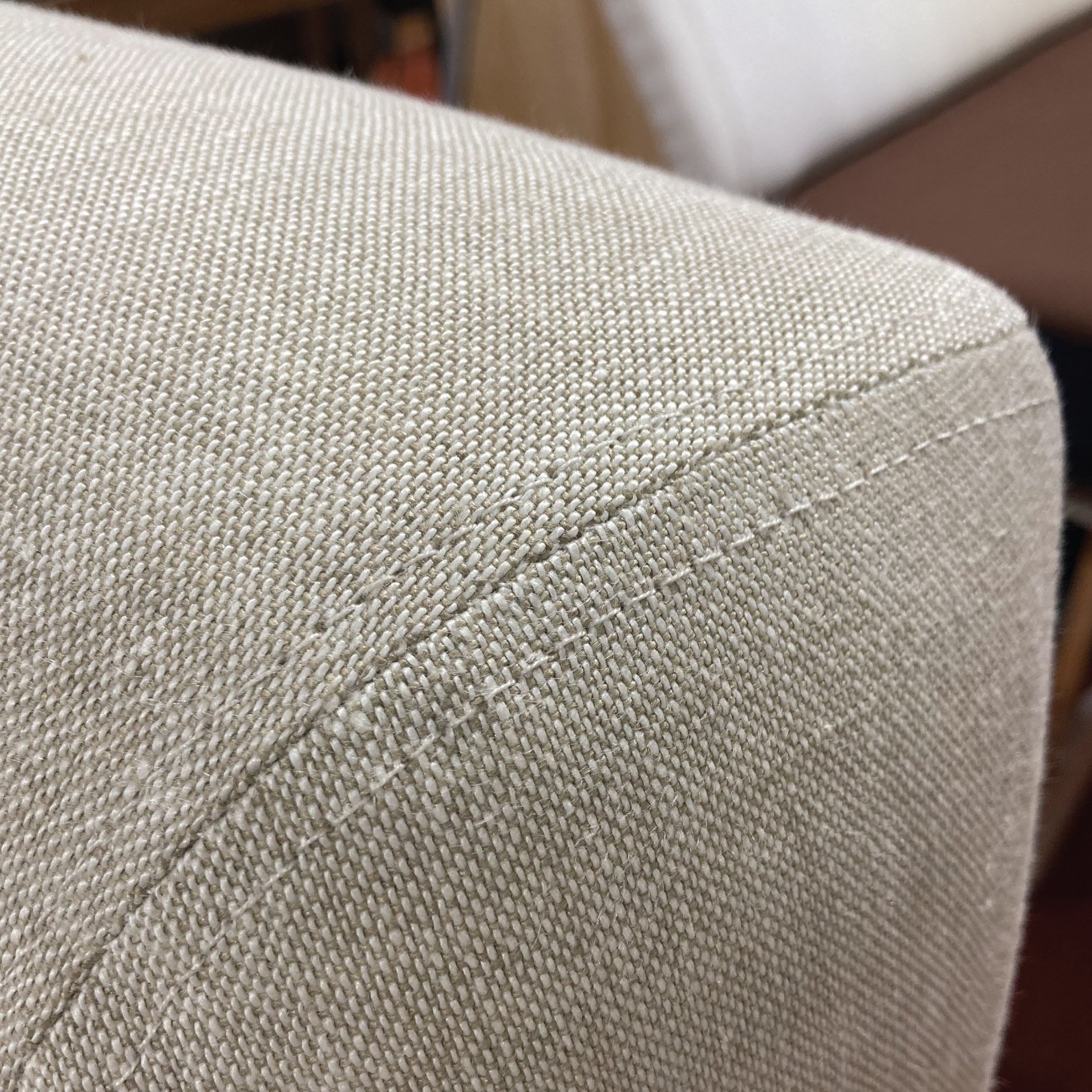
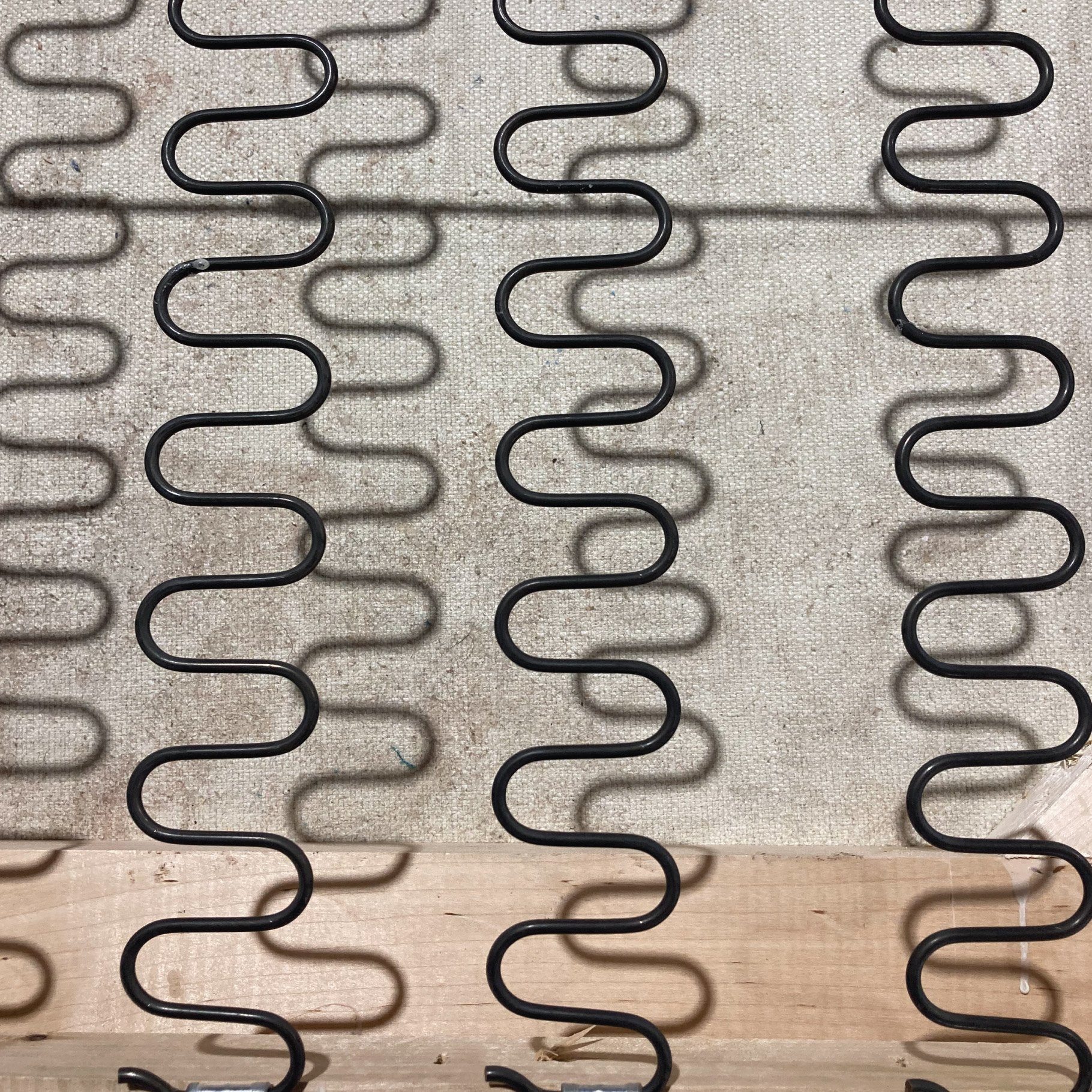
Our handmade sofas have more hidden layers of craftmanship. They feature pre-built support in the arms, intelligent layers of foam to provide lasting comfort from the seat to the back cushions, and features that support and maintain shape, like serpentine springs that have been well protected to ensure maximum comfort.

You can determine if your sofa has these features with a few easy sight and feel tests.
Is it soft or hardwood? Watch out for chipboard or fibreboard frames with low-engineered joints. Has it a very simple ‘hard’ looking shape? It’s likely to have less timber in the frame. Is the seat platform made with springs? Platforms without will lose their support over time. Are the arm tops soft? Hard tops will likely lose their shape quicker.

Cheaper fabrics will likely have a longer wear expectancy, but they might not be sustainable or feel as natural and inviting. Thinner cushions often mean they don't have foam cores supporting their stability and increasing the wear. Is it soft or hardwood? Watch out for chipboard or fibreboard frames with low-engineered joints.
Will it fit? How to measure your space
We’ve written a comprehensive guide to help you measure the space to ensure your sofa will fit. Don’t forget to measure twice, and then select the correct size sofa accordingly.
Measuring your front door
Open your door and measure the distance between the inside edge of your doorframe and the outer edge of the door. If this distance is larger than the height of your sofa - allowing some wiggle room - then the sofa can fit through your door on its side.
Measuring hallways and internal doors
Ensure you measure all hallways and doorways where you'll need to navigate your sofa. Don't forget to note any radiators, fitted furniture or pendant lights that might get in the way.
Measuring stairway
The first thing to do is measure the width of your staircase, considering any handrails or anything else that may be an obstruction. Consider if you have any light fittings or bannisters you need to avoid. Once at the top of the stairs, ensure enough room for the sofa to be manoeuvred into the room of your choice.
Caring for your sofa
You can read our care guide here. One thing we advise is weekly plumping. Bolsters, back cushions, and seats all need turning and plumping to maintain the lifespan of their shape.
It might seem overwhelming considering all these factors when choosing your sofa but, putting in the time to research and think carefully about your individual brief buys you enduring comfort and a sofa that you will enjoy every day.